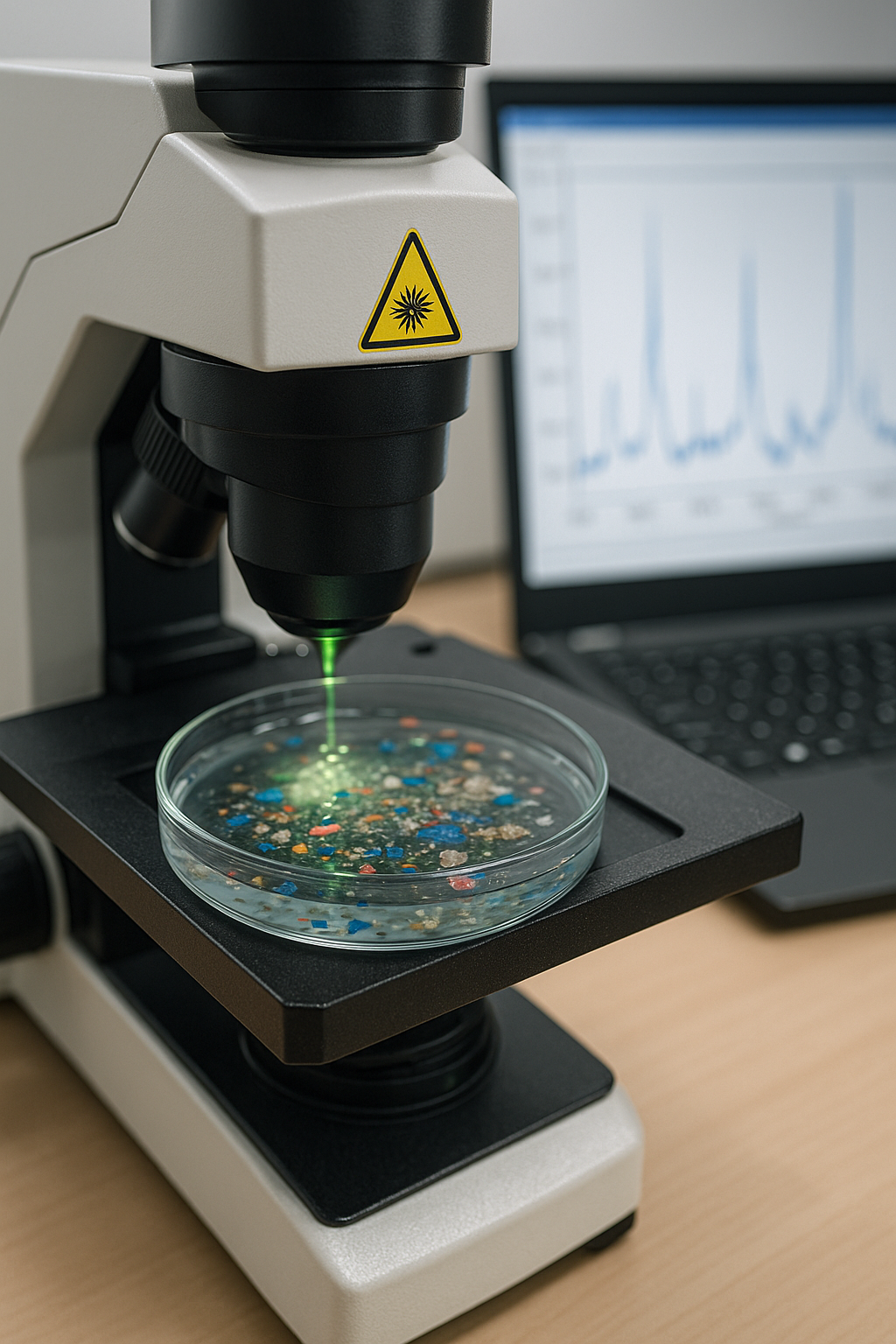Explainable AI delivers transparent, high-precision identification of marine microplastics
Many past machine learning approaches to microplastic detection have been criticised for relying on idealised datasets dominated by pristine, uncontaminated samples. In contrast, the researchers here designed their system to operate in realistic conditions by including weathered plastics, materials altered by UV light, saltwater, and mechanical abrasion, as well as naturally occurring biological matter that can closely mimic plastics under spectral analysis.

The global fight against ocean plastic pollution may be entering a new phase, thanks to a new artificial intelligence approach that could make detecting and identifying harmful microplastics faster, more accurate, and more transparent than ever before. In a recent scientific advance, researchers have unveiled an explainable AI system capable of classifying microplastics, tiny fragments of plastic less than 5mm in size, with both high accuracy and interpretability - two key elements often missing in earlier, less field-realistic studies.
Microplastics are now found in oceans worldwide, threatening marine life, contaminating food chains, and posing potential risks to human health. These particles often originate from degraded larger plastics and can carry toxic additives or adsorb dangerous organic pollutants, making their rapid identification crucial for monitoring, policy-making, and mitigation efforts.
The research, published in Microplastics and titled "Explainable Artificial Intelligence for the Rapid Identification and Characterization of Ocean Microplastics," addresses this mounting environmental crisis.
How the new system works and why it stands out
The study presents a machine learning pipeline that harnesses Raman spectroscopy, a powerful analytical technique that reveals a material’s chemical fingerprint, to distinguish between pristine plastics, weathered plastics, and common biological materials found in marine environments. The researchers built a spectral library of 78 specimens, including polymers such as polyethylene terephthalate (PET), polypropylene (PP), and polyvinyl chloride (PVC), alongside natural materials that often confuse traditional detection systems.
Seven supervised learning models were tested, Decision Tree, Random Forest, k-Nearest Neighbours (k-NN), Neural Network, LightGBM, XGBoost, and Support Vector Machine (SVM), both with and without principal component analysis (PCA). This dual approach allowed the team to evaluate not just raw performance but also the transparency of each model’s decision-making.
Performance results placed k-NN and SVM at the top, each reaching an accuracy of 82.5 percent. Importantly, k-NN also achieved the highest recall rate, signalling its superior ability to correctly identify microplastics when present. This is particularly significant in environmental monitoring, where false negatives could lead to underestimating pollution levels.
What sets this system apart is its integration of explainable AI through SHAP (SHapley Additive exPlanations) analysis. Rather than operating as a “black box,” the models clearly pinpointed which spectral features drove their classifications. Two Raman shift regions, around 700 cm⁻¹ and 1080 cm⁻¹, emerged as consistently critical. These peaks correspond to specific chemical bonds and structures within certain plastics, making the AI’s focus chemically meaningful and scientifically verifiable. Models trained without PCA were found to yield more interpretable results, as they preserved the raw spectral features essential for chemical reasoning.
Real-world relevance: Beyond lab-perfect plastics
Many past machine learning approaches to microplastic detection have been criticised for relying on idealised datasets dominated by pristine, uncontaminated samples. In contrast, the researchers here designed their system to operate in realistic conditions by including weathered plastics, materials altered by UV light, saltwater, and mechanical abrasion, as well as naturally occurring biological matter that can closely mimic plastics under spectral analysis.
The system’s robustness under these challenging conditions makes it well-suited for deployment in the unpredictable reality of fieldwork. Ports, environmental monitoring stations, research vessels, non-governmental beach clean-up operations, and wastewater treatment facilities could all benefit from a tool that not only identifies microplastics rapidly but also explains its reasoning.
The ability to explain results is more than an academic benefit. In environmental science and policy enforcement, transparency builds trust among stakeholders, from scientists and regulators to industry and the public. An explainable model can help policymakers understand why certain materials are flagged, guide targeted cleanup efforts, and inform public health risk assessments.
Implications for policy, technology, and the fight against plastic pollution
The authors emphasise that their pipeline could help close the gap between detection capability and environmental need. Faster and more accurate identification enables more responsive pollution tracking, better source tracing, and more effective risk assessment for ecosystems and human populations. Given the persistence of plastics in marine environments and their potential to act as carriers for other pollutants, improving detection has both ecological and public health significance.
In practical terms, the study opens the door to a new generation of AI-enabled environmental monitoring systems that can be scaled and adapted to different contexts. By expanding the spectral library to include more polymer types, blends, and even nanoplastics, and by integrating additional technologies like Fourier-transform infrared spectroscopy (FTIR) or hyperspectral imaging, the system could become even more versatile. Combining such detection with edge computing could allow for real-time, on-site analysis, reducing the need to send samples to central laboratories.
From a policy perspective, tools like this could support stricter regulation of plastic waste, inform bans or restrictions on certain polymer types, and provide the empirical evidence needed to hold polluters accountable. The technology also aligns with global initiatives under the United Nations and other bodies aiming to reduce plastic waste and protect marine biodiversity.
The authors note that their approach may also have applications beyond microplastics, including the rapid classification of other environmental contaminants. This adaptability could make AI-driven spectroscopy a cornerstone technology in environmental science, akin to how satellite imaging transformed climate and land-use monitoring.
- FIRST PUBLISHED IN:
- Devdiscourse










